How can we help?
Having trouble? Click here to access our troubleshooting guide.
Your Question:
vSMART Engineer Support
Welcome to the vSMART Engineer Technical Support section. Please use the different sections below to find answers to your technical questions. If you require further assistance type your question in the questions bar above and click "ASK". You can also find a range of useful contact numbers, including Technical support, here.
Engineer FAQs
What kind of appliance is it?
How do I install it?
 Wire the e-bus cable (no polarity) and connect the 230V supply adaptor.
Wire the e-bus cable (no polarity) and connect the 230V supply adaptor.
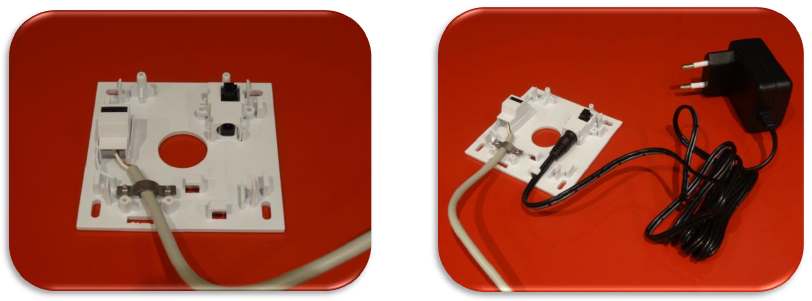 Close the gateway and connect the e-bus cable to boiler e-bus connection.
Close the gateway and connect the e-bus cable to boiler e-bus connection.
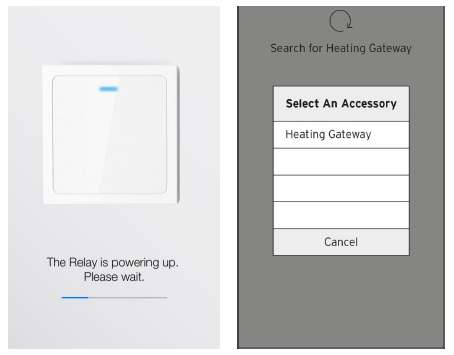
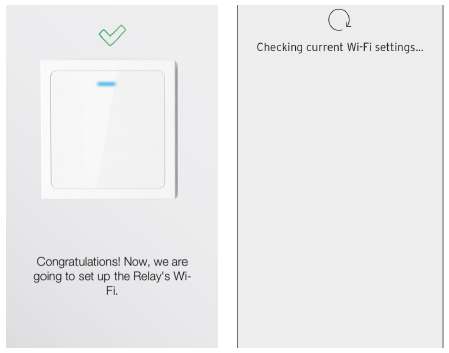
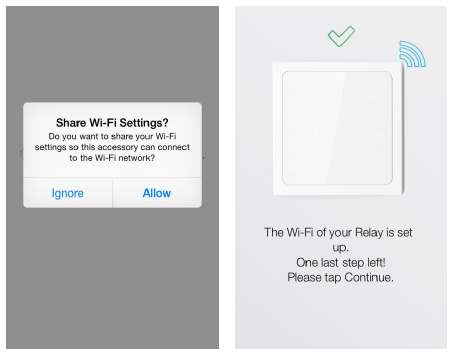
Where can I download the software?
How do I pair the vSMART?
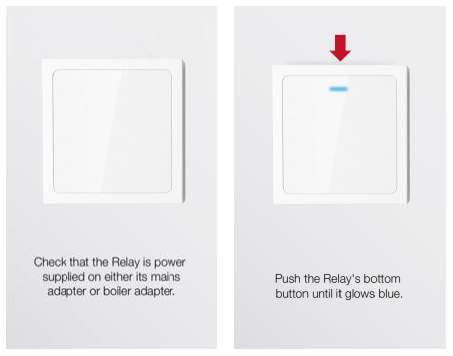
What is the advanced menu?
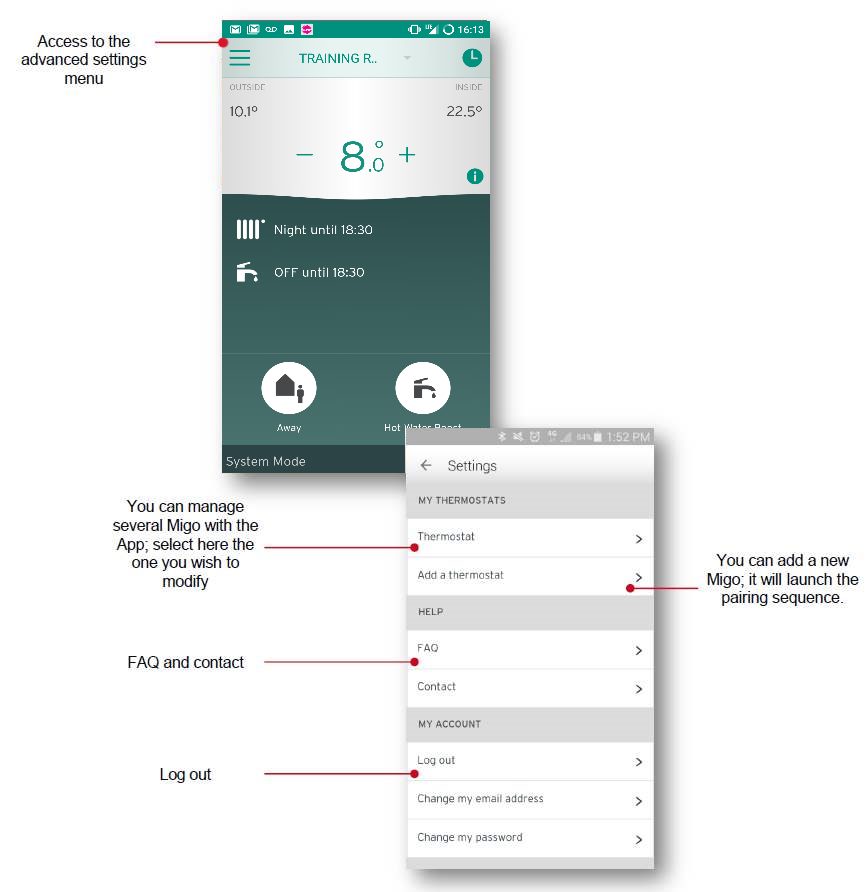
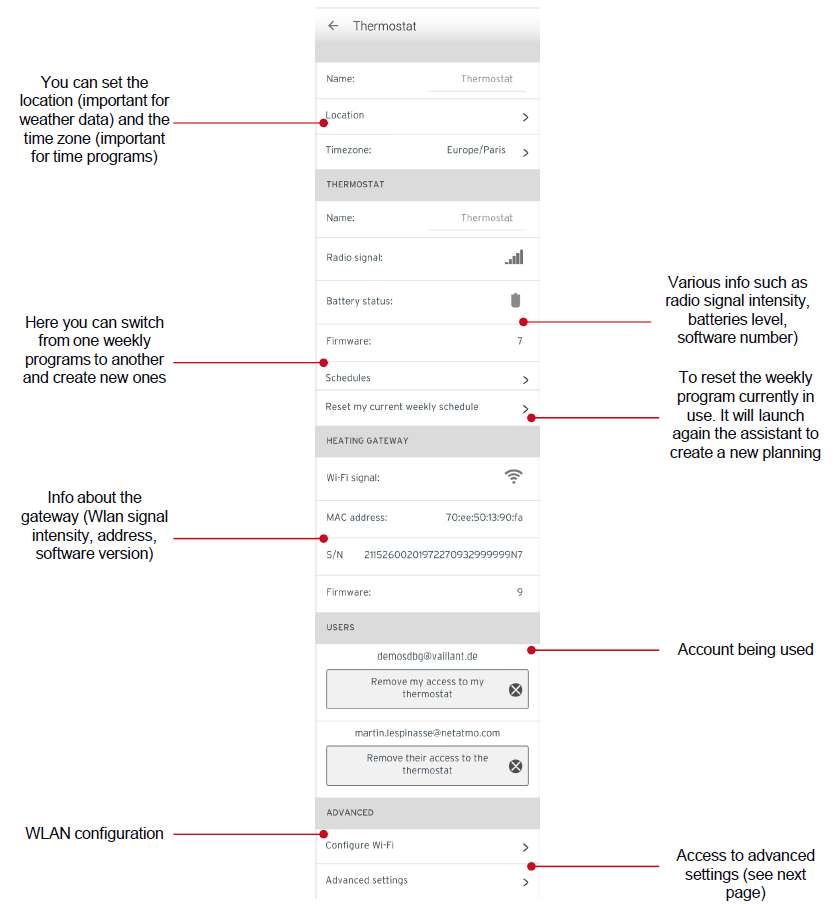
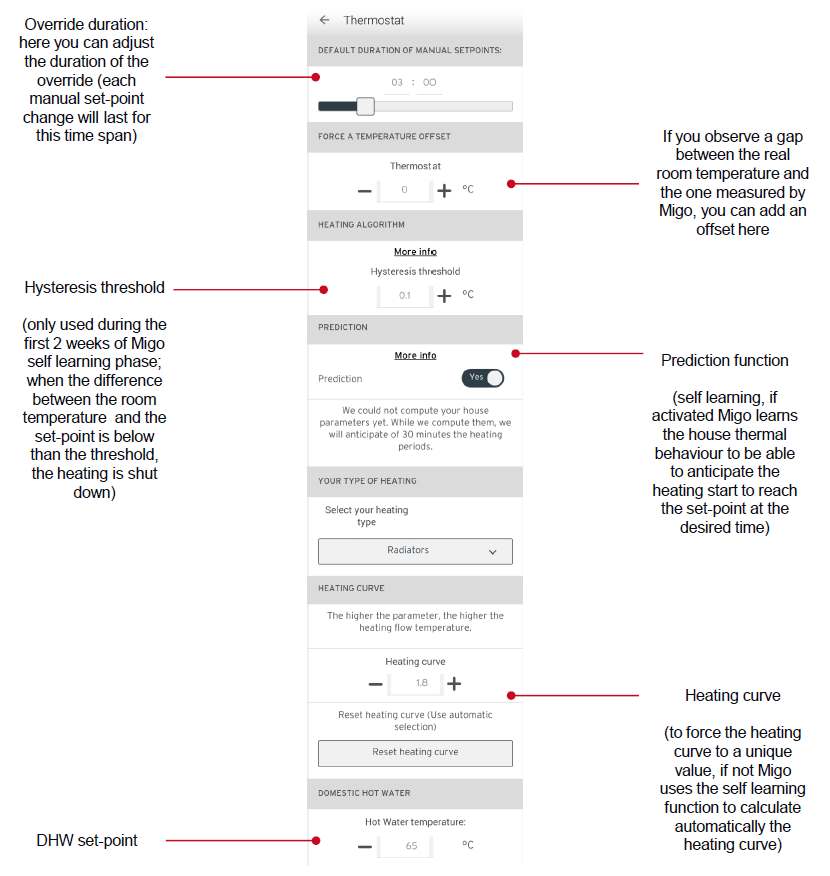
What is delayed start/ optimum start?
What is a load compensator/ weather compensator?
What is the setback temperature?
What is a boiler interlock?
Why would I want a presence sensor?
Available Literature
 Installation Manual
Installation Manual  Brochure
Brochure  User Guide
User Guide
Fault Finding Sections
Use the sections below for any detailed technical help you may need.
Technical Information
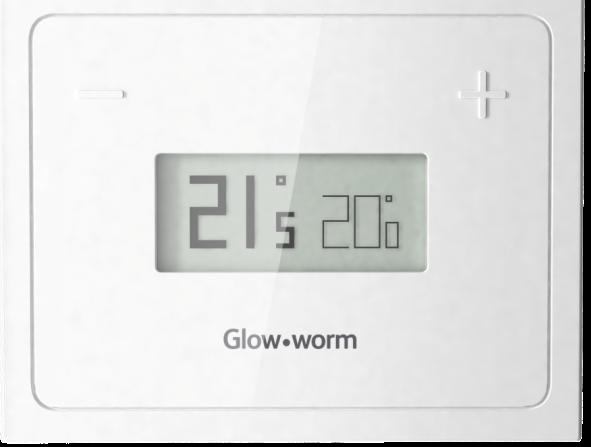 |
 |
|
| Height (mm) |
83 |
83 |
| Width (mm) |
105 |
83 |
| Depth (mm) |
26 |
26 |
| Power supply |
3 x 1,5 V (AAA) |
230v~ |
| Battery life |
Approx. 2 years |
- |
| Frequency |
- |
50/60 Hz |
| Current consumption |
- |
< 2W |
| Level of protection |
IP20 |
IP20 |
| Adjustable temperature range |
7 to 30°C |
- |
| Ambient temperature |
< 50°C |
< 50°C |
| Communication frequency |
868 MHz |
868 MHz |
| 868 MHz transmission power |
+10 dBm |
+10 dBm |
| Receiver category |
2 |
2 |
| Relative activation duration |
<0.1% |
< 0.1% |
| WLAN type |
- |
802.11 b/g/n (2.4 GHz) |
| WLAN transmission power |
- |
< +16 dBm |
| WLAN supported network encryption |
- |
WEP, WPA, WPA2 |
| Bluetooth type |
- |
2.1 |
| Bluetooth transmission power |
- |
+10 dBm |
| Maximum communication range, outdoor |
100 m |
- |
| Maximum communication range, indoors |
25 m |
- |

